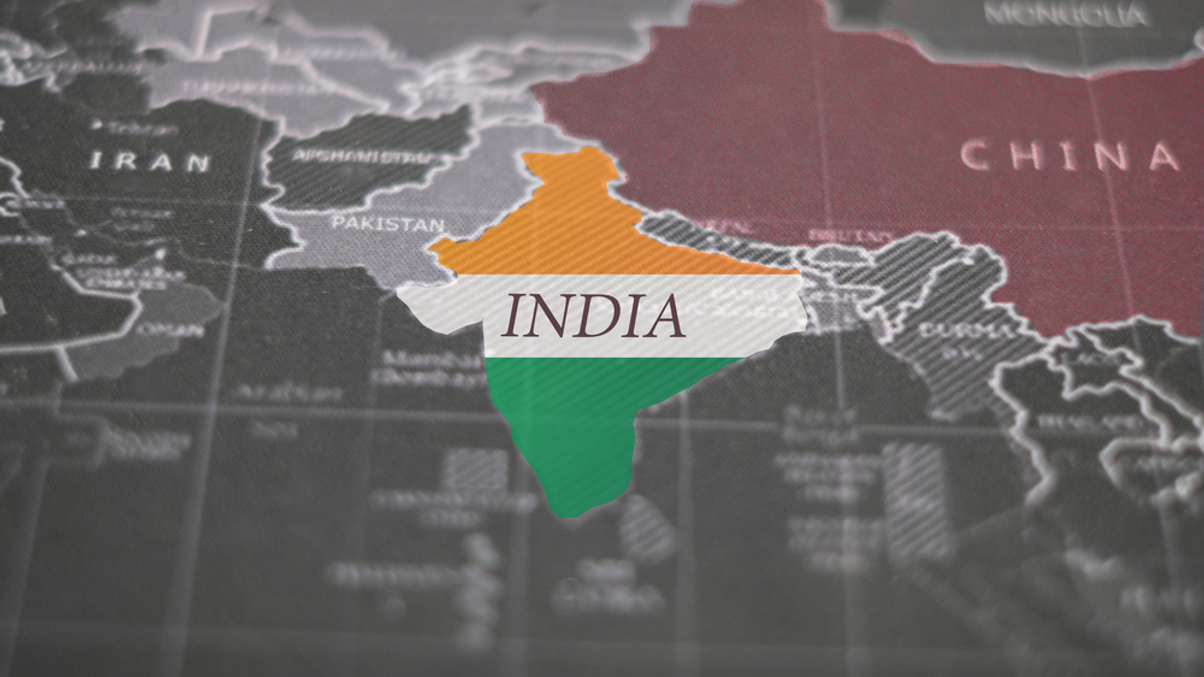Market Views: Will India overtake China in investment opportunities?
India is projected to surpass, or may have already surpassed, China as the world's most populous country this year. Will this translate into more opportunities for investment?

India is expected to surpass China as the world's most populous country this year, according to projections by the United Nations (UN).
Sign in to read on!
Registered users get 2 free articles in 30 days.
Subscribers have full unlimited access to AsianInvestor
Not signed up? New users get 2 free articles per month, plus a 7-day unlimited free trial.
¬ Haymarket Media Limited. All rights reserved.


